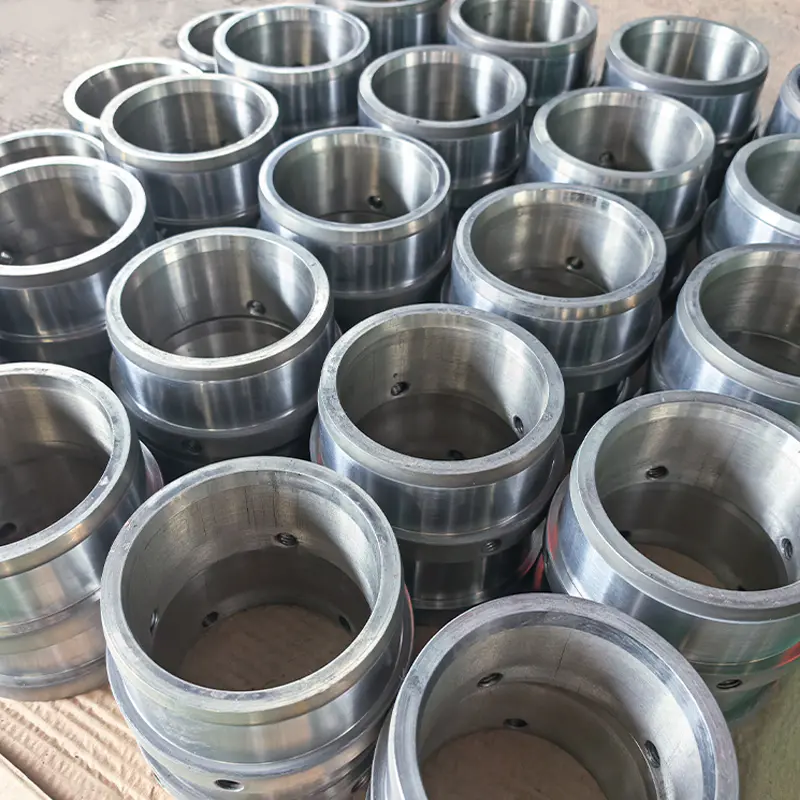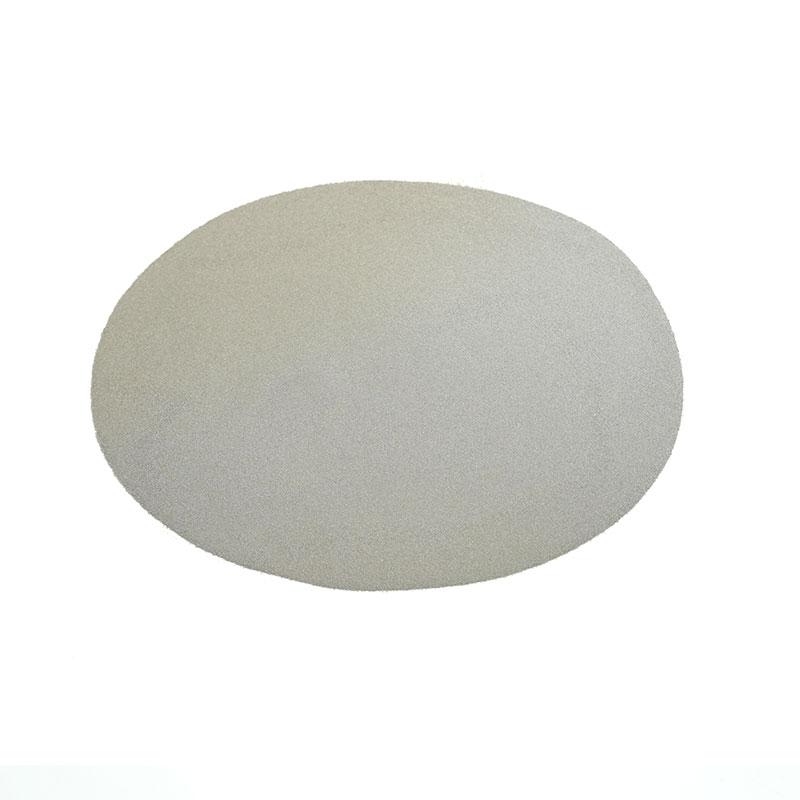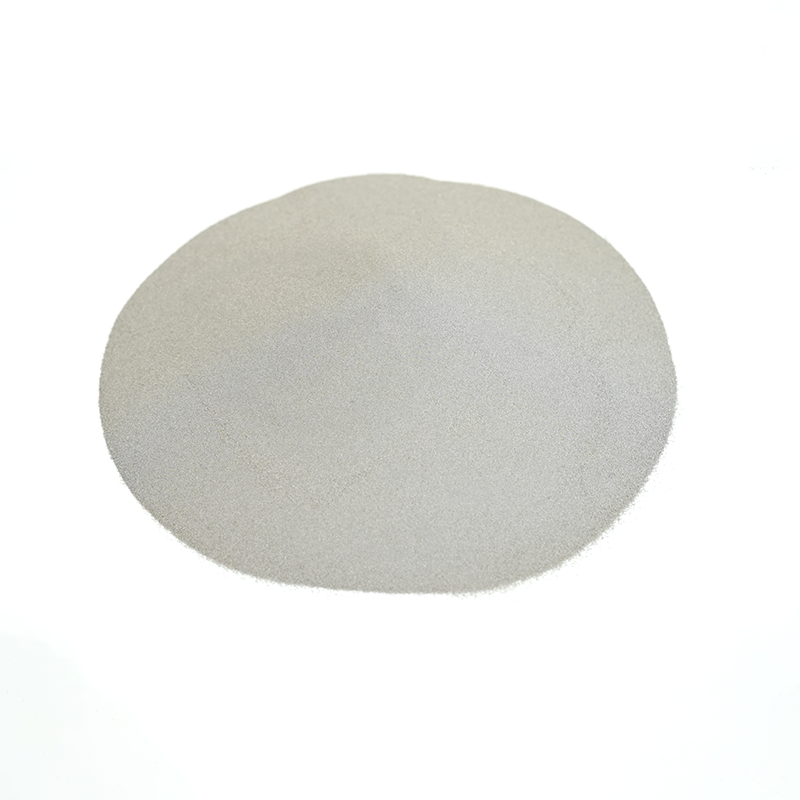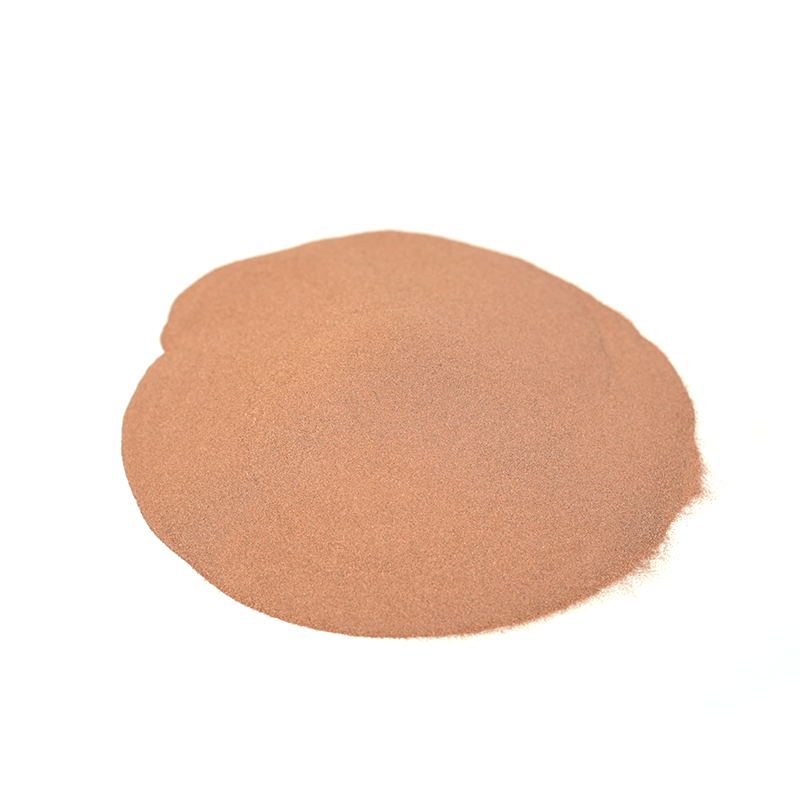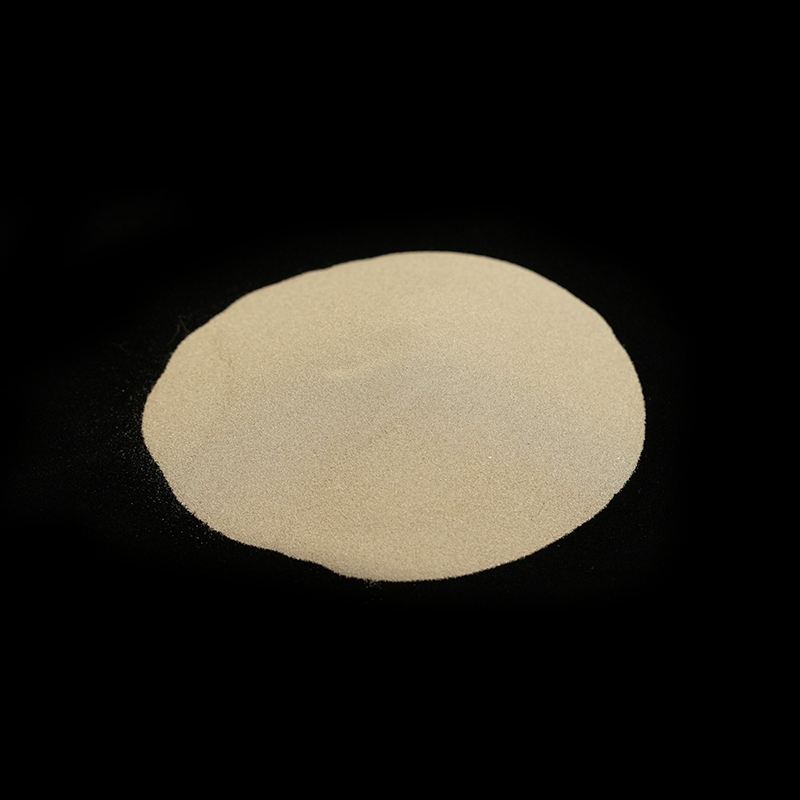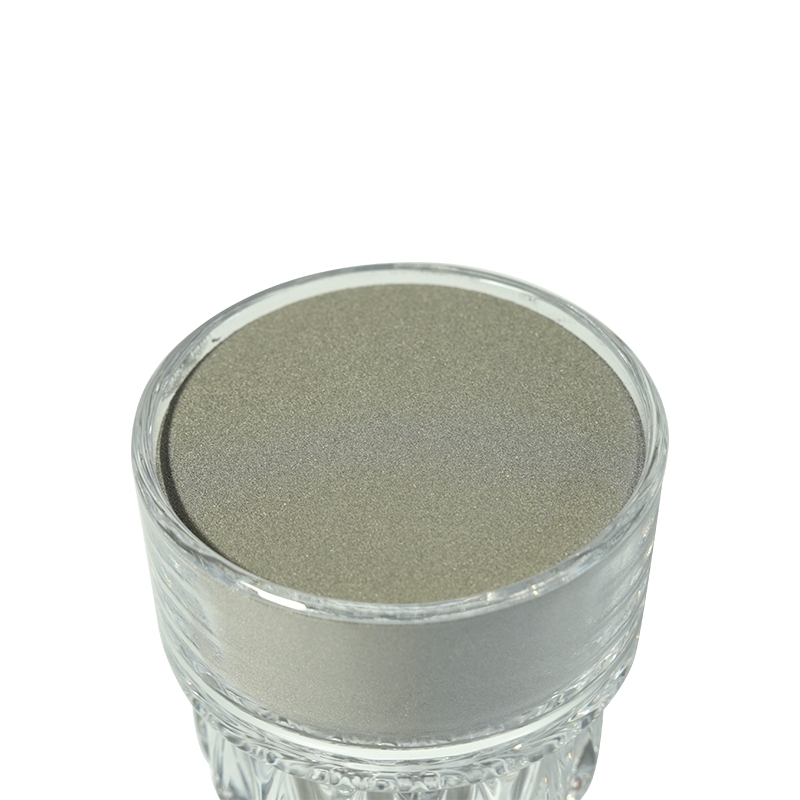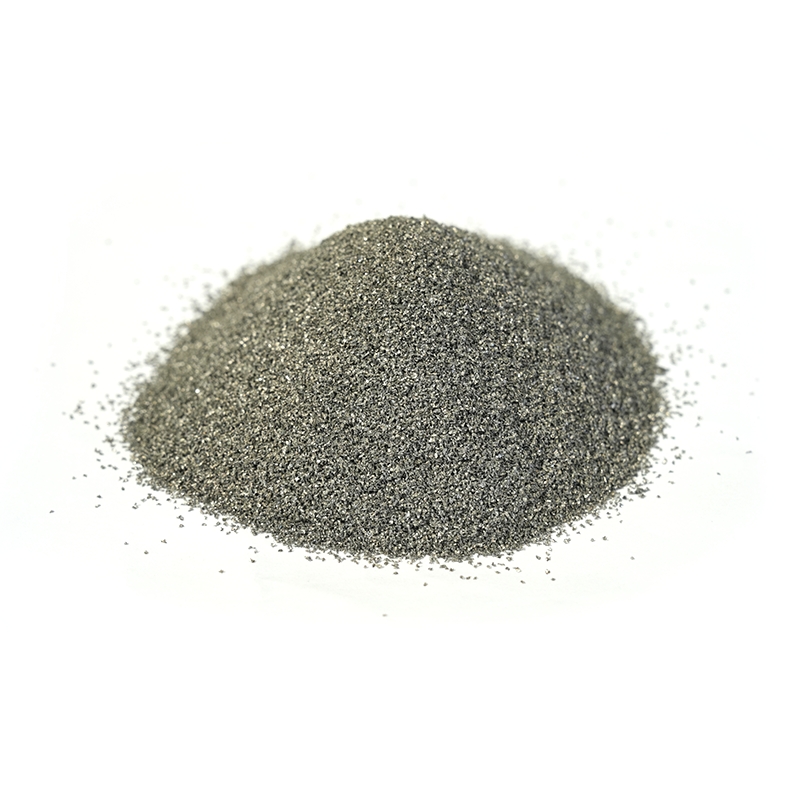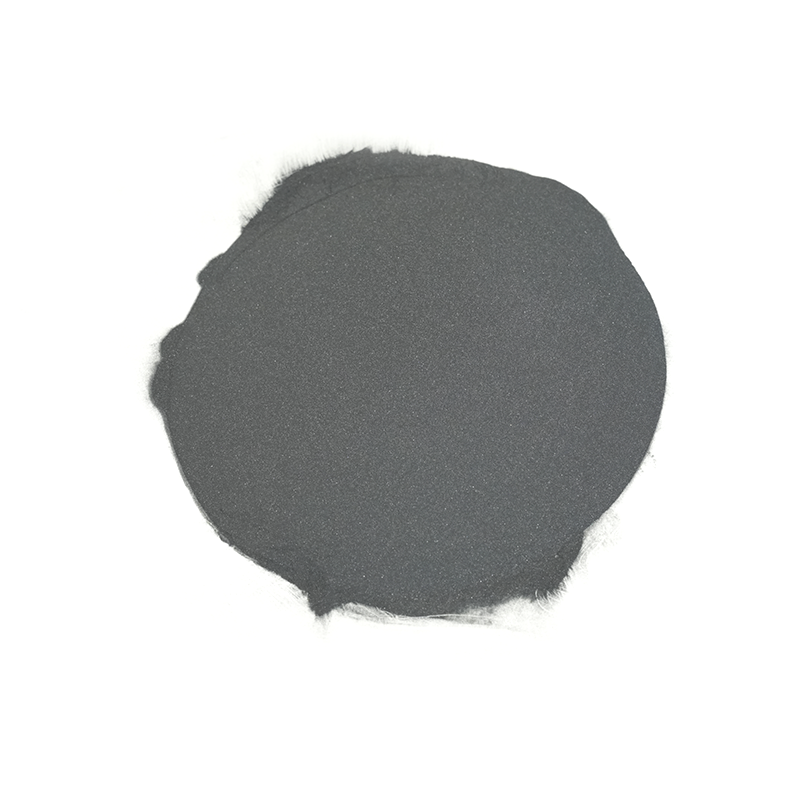Tungsten carbide powder () is arguably the most recognizable and commercially important form of carbide powder. It is a fine, gray powder that serves as the primary raw material for manufacturing "cemented carbide," a composite material that has revolutionized industrial machining and wear protection. This material owes its distinction to an unparalleled combination of extreme hardness, high strength, and wear resistance, properties derived directly from the meticulous processing of the base powder.
Composition and Properties
Tungsten carbide is a compound of tungsten and carbon, typically with the chemical formula . Its crystal structure is highly stable and rigid, which translates to its exceptional physical properties:
-
Mohs Hardness: Approximately 9 to 9.5, making it comparable to corundum (sapphire) and only slightly softer than diamond.
-
Melting Point: Extremely high, around ().
-
Density: It is remarkably dense, nearly twice that of steel, which contributes to the material's rigidity and resistance to deformation.
-
Wear Resistance: It exhibits outstanding resistance to abrasion, erosion, and thermal shock, essential for high-speed cutting applications.
The quality of the final cemented part is directly proportional to the purity, particle size, and distribution of the initial tungsten carbide powder. Manufacturers carefully control the grain size, ranging from sub-micron (nanograin) to several microns, to tailor the properties—finer grains typically yield higher hardness but lower fracture toughness.
The Journey to Cemented Carbide
Tungsten carbide powder is rarely used alone; its full potential is unlocked when it is cemented (or bound) with a ductile metal, most commonly cobalt (), though sometimes nickel () or iron (). This process is critical:
-
Mixing: The powder is intimately mixed with the cobalt binder powder, often involving wet milling to ensure homogeneous blending.
-
Pressing: The mixture is pressed into the desired component shape (e.g., a cutting insert or a drill bit blank).
-
Sintering: The pressed part is heated in a vacuum or inert atmosphere to temperatures above the cobalt's melting point but below the 's. The molten cobalt penetrates and "cements" the rigid tungsten carbide grains together, creating a dense, composite hardmetal structure.
This final cemented material retains the incredible hardness of the tungsten carbide powder while gaining the necessary toughness and impact resistance from the cobalt matrix.
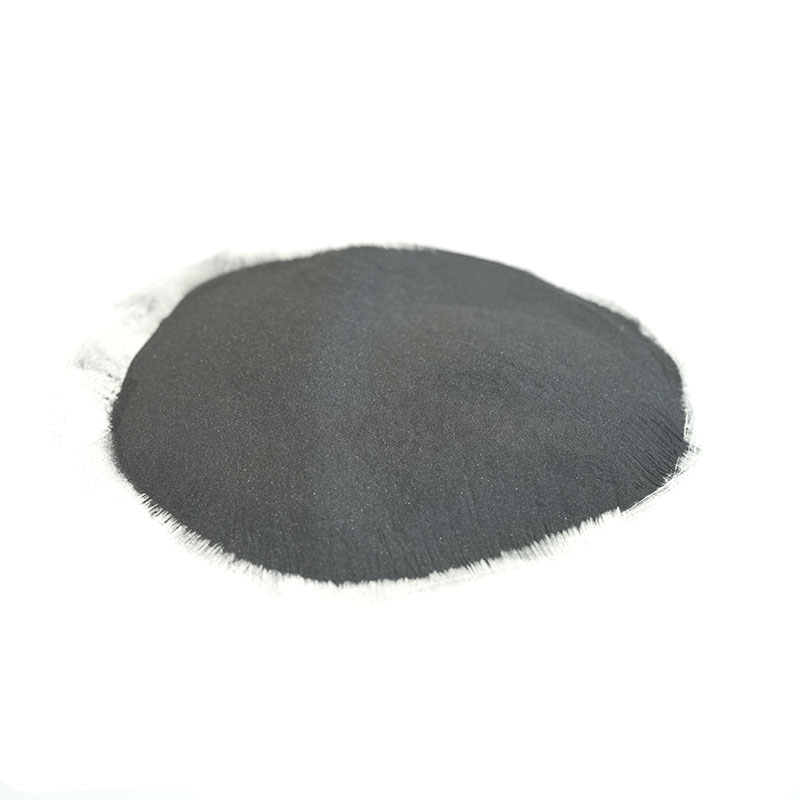
Indispensable Industrial Roles
The resulting cemented carbide from the tungsten carbide powder is indispensable in several demanding industries:
-
Machining: The majority of modern metal-cutting, milling, and turning operations rely on tungsten carbide inserts due to their ability to maintain a sharp edge and hardness even at the high temperatures generated during high-speed cutting.
-
Oil & Gas/Mining: Drill bits, downhole tools, and components for hydraulic fracturing utilize tungsten carbide powder composites to withstand the extreme abrasion and percussive forces encountered when drilling rock.
-
Tooling: Wear parts like forming dies, punches, and molds, which are subjected to repeated high stresses and wear cycles, are typically fabricated from cemented tungsten carbide for longevity and precision.
-
Surface Enhancement: Fine powder is also used in thermal spray coatings to add a layer of wear resistance to crucial engine and machinery components.
In essence, the performance of virtually every modern manufacturing process that requires precision, speed, and endurance ultimately relies on the superior properties unlocked by tungsten carbide powder.


 English
English русский
русский عربى
عربى